
The painting "Dido building Carthage" by William Turner is the artist's beloved creation, which he wanted to take with him to his grave
The painting "Dido building Carthage" by William Turner was created by the artist based on the "Aeneid," the famous work of the Roman poet Virgil (Publius Vergilius Maro). After suffering a defeat in the struggle for power, headstrong Dido, the sister of King Pygmalion, fled to Libya where, according to legends, she founded Carthage.
The majestic nature and monumental architecture in the painting are juxtaposed against the human bustle. Among the figures on the left bank, the main heroine can only be guessed. On the right, on the other side of the stream, is the tomb of Sychaeus, Dido's husband. The Lebanese pine tree leans its dense crown over the rocky, overgrown precipice. At the top, at an unreachable height, columns of a temple can be seen.
In the work of the British painter, there is a lot of sky and water. It shares similarities with his seascapes. The sun in a yellow veil, with strange dark rays, is not a figment of imagination. The artist witnessed such a phenomenon after the eruption of Mount Tambora in Indonesia. The optical illusion occurs when the air is filled with fine dust.
By combining numerous shades, the master achieved an almost photographic rendition of every detail. The river, marble structures, and the misty horizon compel viewers to peer into the ancient world as if it were right next to them.
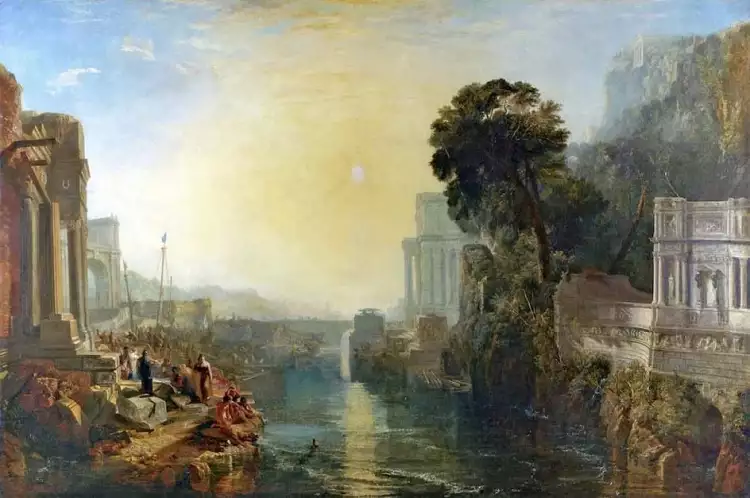 William Turner. Dido building Carthage, 1815
William Turner. Dido building Carthage, 1815
- Title of the painting: "Dido building Carthage, or The Rise of the Carthaginian Empire".
- Artist: Joseph Mallord William Turner (1775-1851).
- Year of creation: 1815.
- Size: 155.5 x 230 cm.
- Style: Romanticism.
- Genre: Landscape, Historical.
- Technique: Oil painting.
- Material: Canvas.
- Location: National Gallery, London, United Kingdom.
Joseph Mallord William Turner was a renowned English artist of the late 18th and early 19th centuries. He excelled in battle scenes, marine painting, and landscapes. His works were characterized by special attention to the depiction of elements, nature, and sunlight against which dramatic scenes of human life unfolded. The painting, alternatively titled "Dido building Carthage, or The Rise of the Carthaginian Empire", was considered by the author to be his finest work.
The famous painter explored classical themes several times in his artistic career. His contemporaries did not always understand his art. They expected a more strict, canonical representation and criticized his attempts to infuse naturalness and emotion into his paintings. Despite disagreements with critics, Turner remains one of the most significant figures in the history of English painting.
The painting "Dido building Carthage" by William Turner was the artist's beloved creation. He refused to sell it and even initially requested to be buried wrapped in this canvas. Later, he was persuaded to change his will in favor of the National Gallery, where the masterpiece is still preserved to this day.
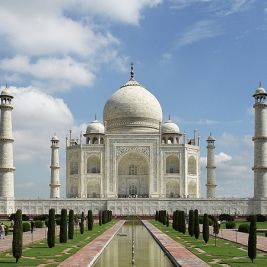 Architecture is an ancient art of creating magnificent monumental masterpieces
Architecture is an ancient art of creating magnificent monumental masterpieces 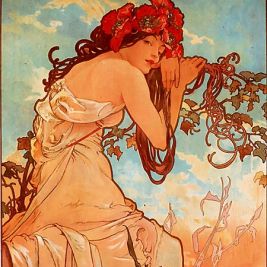 Art Nouveau is an international style in the visual arts
Art Nouveau is an international style in the visual arts 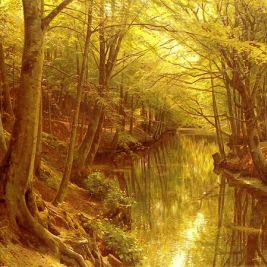 Landscape - a genre in painting: views, history, evolution
Landscape - a genre in painting: views, history, evolution 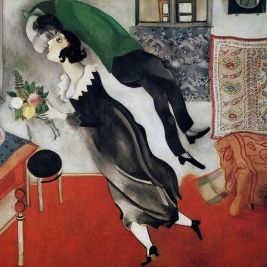 The painting "The birthday" by Marc Chagall is an ode to love capable of soaring above the everyday
The painting "The birthday" by Marc Chagall is an ode to love capable of soaring above the everyday  The painting "The Umbrellas" by Pierre-Auguste Renoir is a masterfully created illusion of black color
The painting "The Umbrellas" by Pierre-Auguste Renoir is a masterfully created illusion of black color  Claude Monet: biography, artwork, best paintings of the French Impressionist artist
Claude Monet: biography, artwork, best paintings of the French Impressionist artist 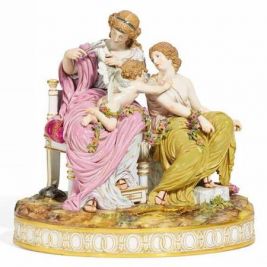 Meissen Porcelain: The History of the Manufactory
Meissen Porcelain: The History of the Manufactory  Albert Figdor Collection: Sweets for the ladies. Cigars for the gentlemen
Albert Figdor Collection: Sweets for the ladies. Cigars for the gentlemen 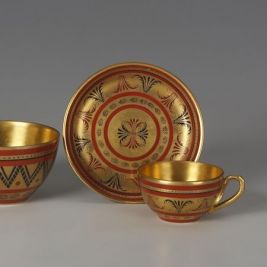 Kuznetsov porcelain
Kuznetsov porcelain  Innovative Skyscrapers Reshaping Urban Skylines
Innovative Skyscrapers Reshaping Urban Skylines